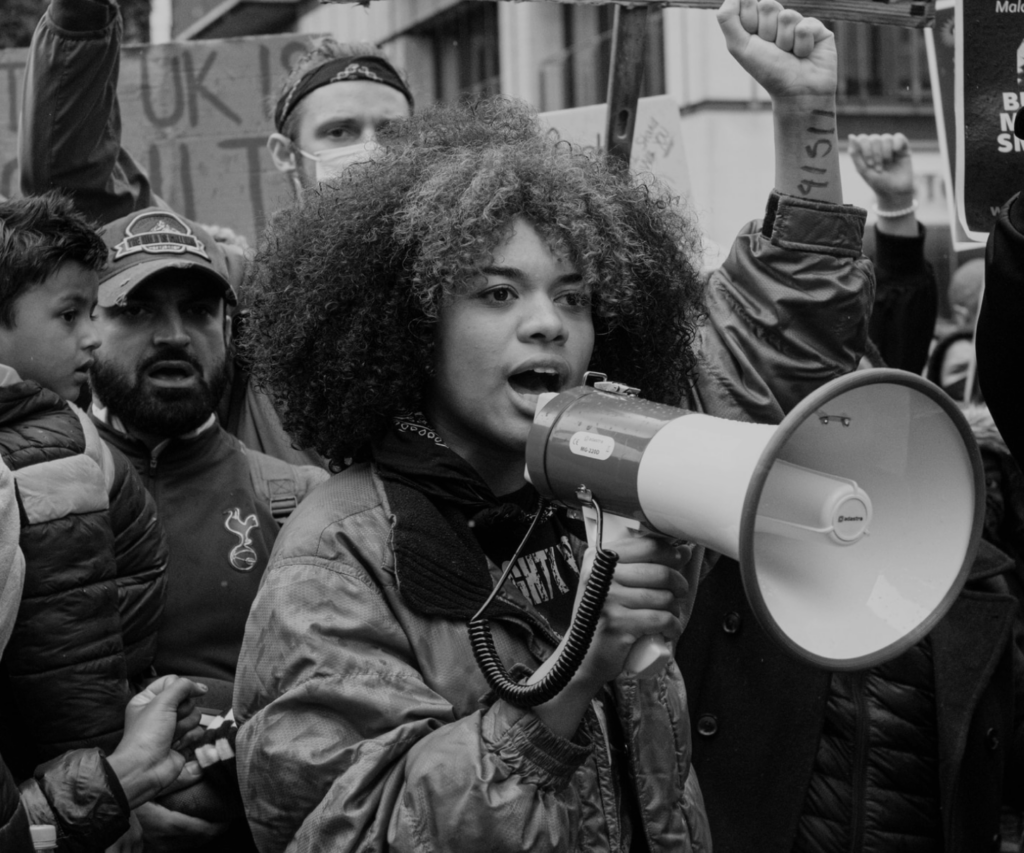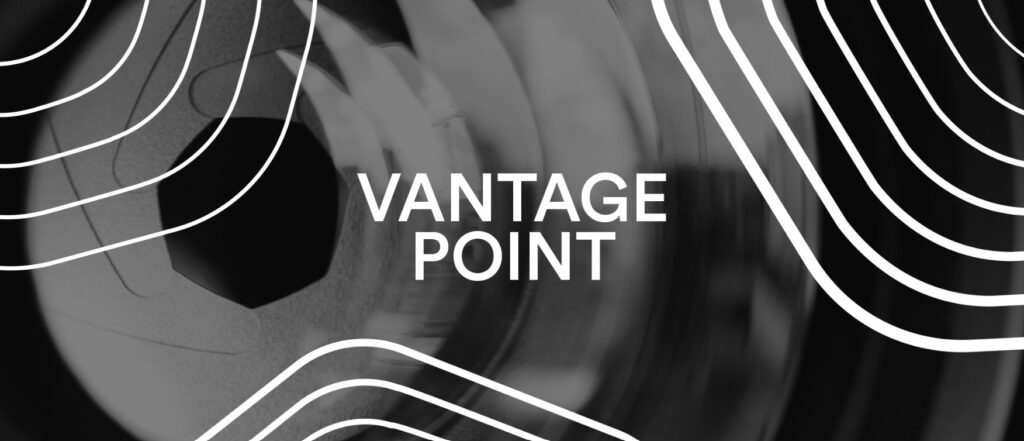If you’ve been following our work for a while, you’re probably familiar with our 21st Century model for policy and research communications as well as our storytelling approach. To recap quickly: the idea is rather simple.
According to Paul Avey and Michael Desch in their 2014 study, “What Do Policymakers Want From Us?”, they suggest that “Research papers that exceed 10-15 pages are not useful to policymakers.” From our own experience, anything beyond one page is pushing it.
So, what do we do instead?
We propose that instead of focusing on your extensive research output, you should center the story of your research. Why? Because stories are the oldest form of information exchange. Story formats facilitate learning and retention. They captivate us, move us, and consequently, motivate us to take action. Stories don’t just convey information; they convey meaning.
Effective stories don’t oversimplify; they help us grasp the inherent complexities and paradoxes of our world. This quality makes them an ideal vehicle for conveying complex research findings.
We say: let’s transition from this…
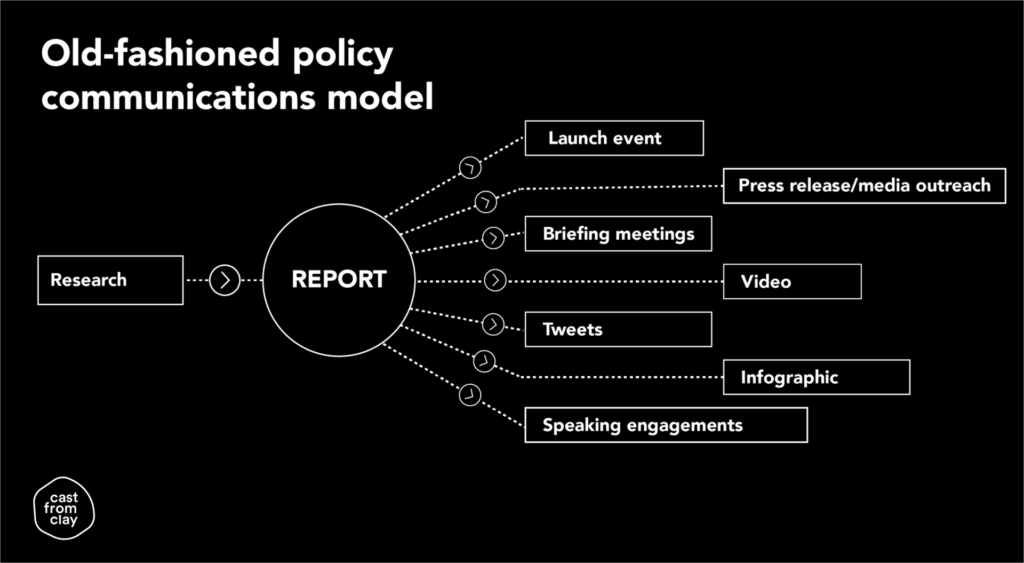
To this…
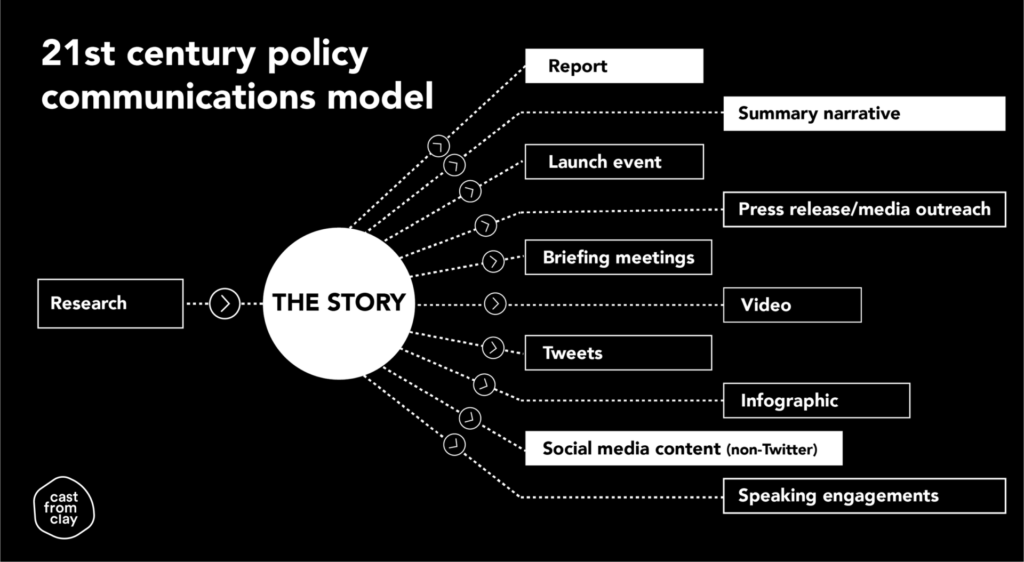
We’ve presented this model to many organisations, and if you believe it could benefit your team, we’d be delighted to walk you through it.
Moving beyond the single story
Over the years, we’ve received feedback from many of you, indicating that this has been a valuable tool for shifting thinking and generating more compelling research outputs. However, it’s crucial to recognise that this is just a starting point.
That’s because if you’re transitioning from a research-centric communications model, you’re likely accustomed to working within an output-focused framework. This typically involves: Research → Report → Launch. Rinse, repeat.
Breaking this cycle is challenging. Even when we embrace storytelling, we risk merely replacing individual research outputs with isolated stories, which then compete with countless others.
The reason storytelling is essential for persuading others is because humans are, well, human. We possess bounded rationality and confirmation bias. Our existing worldviews are shaped by a collection of stories that tend to reinforce our beliefs. When these stories are contradicted in a piecemeal fashion, it’s easy to ignore the contradictions.
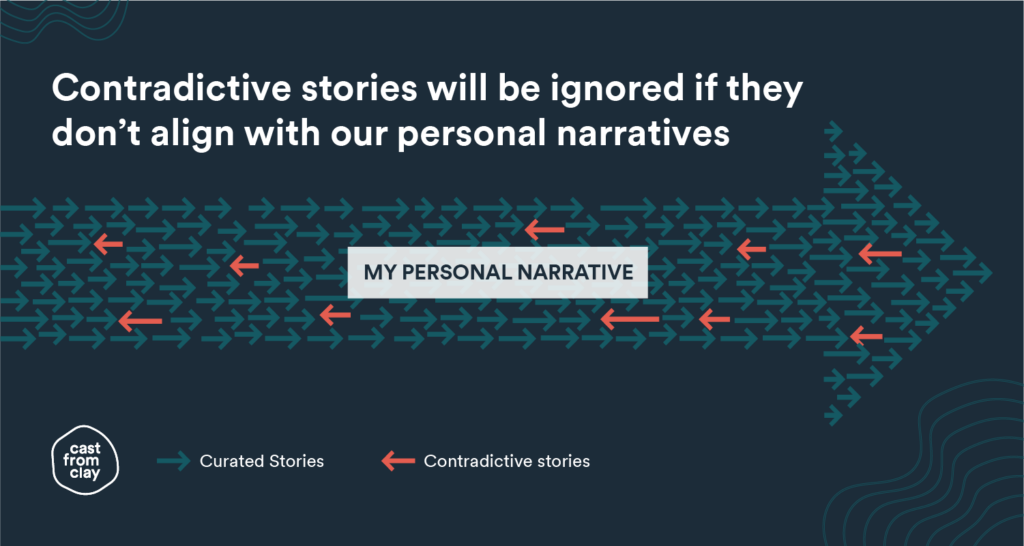
We know this from insights found in cognitive science:
One of the fundamental findings of cognitive science is that people think in frames and metaphors… when the facts don’t fit the frames the frames are kept and the facts are ignored.
George Lakoff
Don’t think of an elephant
Where to start to ensure your story resonates
If you’ve started incorporating storytelling into your organisation, you must ensure that you don’t slip back into the individual, output-focused model.
Don’t fret. This doesn’t mean discarding what you’ve done so far. It merely means taking the next step.
Now, you need to start considering storytelling at three levels:
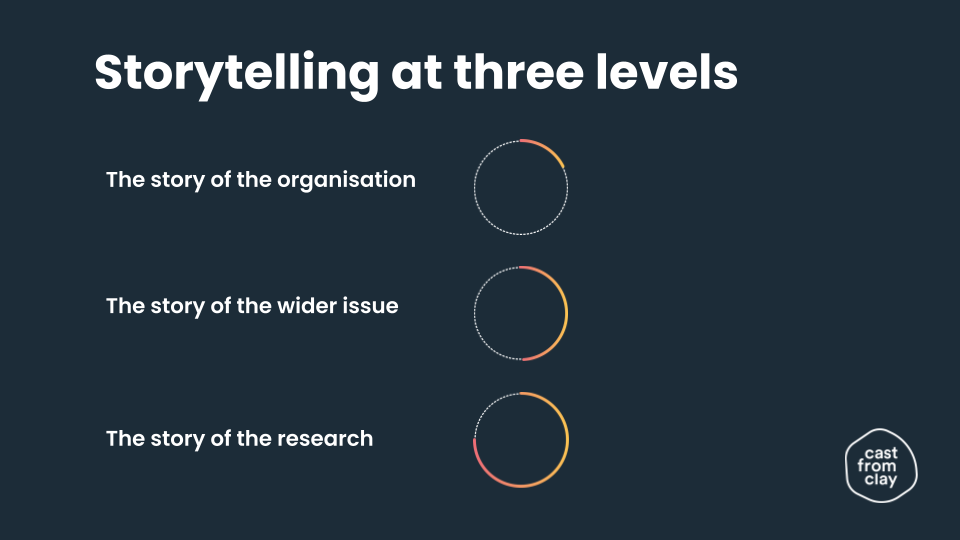
What does this look like? Let’s illustrate with an example.
Imagine you work in the policy team of a national UK food bank. You’re about to launch a report analysing hunger across the country. This report contains extensive information about the causes of hunger and its impact in one of the world’s wealthiest nations.
So, why is this important?
You’re fortunate to have a clear organisational story. The story of food banks is inseparable from the story of hunger. Your organisation’s mission is to eliminate hunger and thus the need for food banks, essentially working toward its own obsolescence.
Because you’re clear about your organisation’s narrative, you can consistently emphasise: “A future free from hunger” or “A country without the need for food banks.” However you choose to phrase it, this motif runs through all your work, providing an organising principle that gives everything else context and purpose.
Additionally, since you have a clear stance on the issue, you can collaborate with other organisations that share your perspective. This collaborative effort can result in powerful coalitions, all united in telling the same story about the issue of hunger across the board.
Therefore, when you release your report, this information enters an environment that amplifies its resonance and significance. Identifying and communicating the research story becomes more straightforward: “We aim to eradicate hunger in the UK. To achieve this, we must comprehend it. Here’s what we’ve uncovered about hunger through our research. And here’s how we can combat it.”
The research story remains impactful only when your organisational narrative is coherent. Your organisational narrative, in turn, is meaningful and compelling only when it clearly aligns with a broader narrative surrounding the issue you care about.
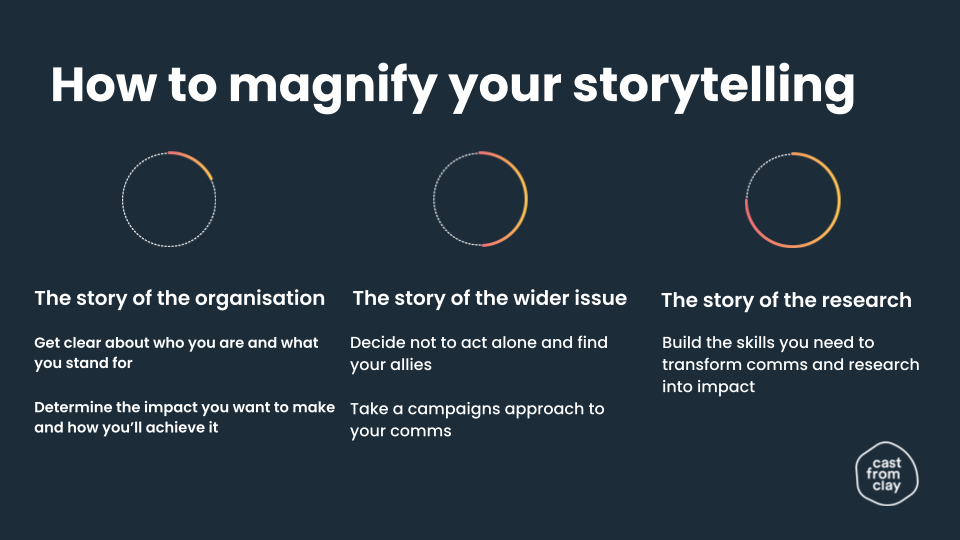
Since your organisational story serves as the connecting point, it’s best to begin there. This approach helps you find allies and then align all your research stories to advance the larger narrative. This broader narrative isn’t limited to your organisation’s work; it extends through collaboration and coordination with other organisations that share your goals.
If you need help with any of these three stages, we’re here to help.
Image credit: Robson Hatsukami Morgan on Unsplash



